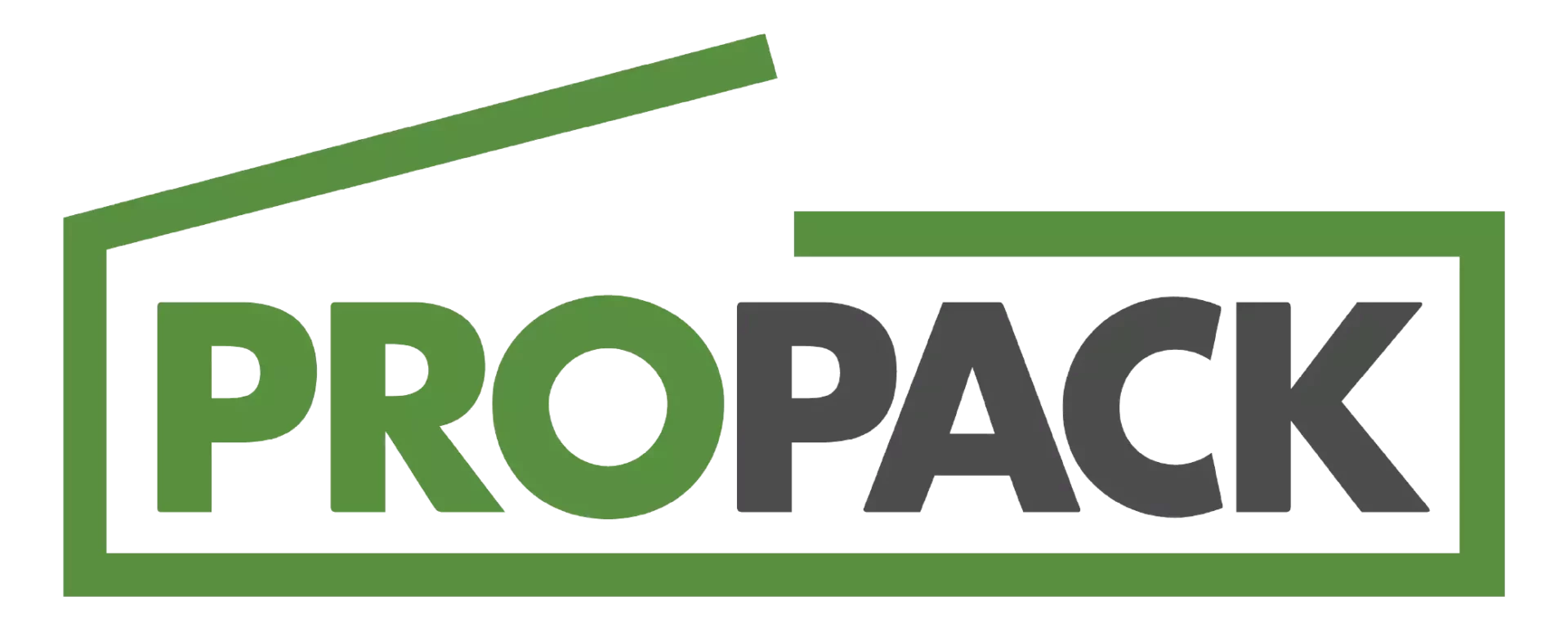Northbound forwarding is the receipt, cross dock, consolidation and delivery of shipments from the United States into Canada. Shipments are first received at a consolidation warehouse where they are placed into an inventory control system. Once a shipment is authorized for clearance into Canada it is consolidated together with other shipments for a specific forwarding client and couriered to the client’s location(s) in Canada.
Northbound forwarding allows Canadian companies to save significantly on international shipping fees. Shipments are sent domestically to the consolidation warehouse and couriered into Canada in bulk.
Consignee Locations in Canada
Northbound forwarding delivers consolidated packages to client locations within Canada. The consignee location refers to the specific location where the client would like their packages delivered. Often, a client will have more than one location or contract with multiple clients with different locations. It’s beneficial for the consolidation warehouse to have a complete list of all consignee locations. The packages/pallets received for northbound forwarding should also be clearly marked with which consignee location they are meant to be delivered to.
Northbound Consolidation Frequency
The frequency of northbound consolidations has to do with how often your shipments are consolidated and sent north. Northbound forwarding shipments arrive at the consolidation warehouse all week long. However, they are not always consolidated and shipped north each day. At ProPack we allow our clients to choose their consolidation frequency. You may choose to have your shipments sent north:
LVS and PARS Shipments
LVS (Low Value Shipment) refers to shipments under $1600 USD in value (as of 2011). These are for small unconsolidated shipments whose contents do not require any special clearances.
PARS (Pre Arrival Release System) must be issued by a brokerage house when the value of a shipment is over $1600 USD or the shipment’s contents are not able to clear under a LVS status.
Forwarding Packages and Pallets
Both packages and pallets can be forwarded through a northbound forwarding program. Pallets generally cost more for the cross dock fee, storage, and freight (because of their increased weight). However, they are generally treated exactly the same as a package.
Packages are consolidated onto one or more pallets for their shipment north. Because they are built on site these pallets are more flexible in their size and ability to fit into a courier truck.
Palletized shipments can often be too large to fit into a standard courier truck and require a special forwarding arrangement.
Values Over $1600 USD
Northbound shipments with values under $1600 USD can ship into Canada via an LVS program (Low-Value Shipments). Shipments with values over $1600 USD must receive a PARS label (Pre Arrival Release System) and be cleared by a customs broker.
